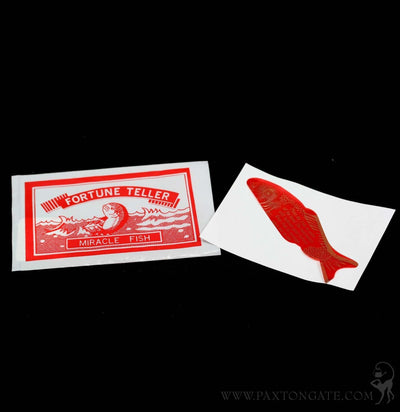Insect Spreading Class: Julia and Teardrop Sulfur Butterflies

Insect Spreading Class: Julia and Teardrop Sulfur Butterflies
- Ethically Sourced
- Secure payments
- Small Business/Artisan Made
- Packed With Recycled Materials
- In stock, ready to ship
- Inventory on the way
Species: Dryas iulia and Phoebis rurina
Location: San Francisco, 766 Valencia St.
We as humans seem to pair a lot of things together. Food and wine. Shoes with pants. Not answering our phones on our days off, and the list continues. Since it seems to be in our nature to say “this goes with that,” we figured we’d do the same for one of our entomology classes. Dryas iulia (the Julia Butterfly) and Phoebis rurina (the Tailed Sulphur Butterfly) pair perfectly together with their rich autumn colors. Sure, this class takes place in January, but fall is the best season, so consider it a throwback.
The Julia is a deep, almost dusky orange, while the Sulphur is a vivid yellow that just pops right out and magnetically draws your eyes to it.
Both of these winged wonders hail from Central and South America and generally stick to tropical and subtropical environments. You’ll also find males of both species hanging out around puddles or wet mud to grab a sip of water or soak up salts and minerals that enhance their chances of successful mating. This is known as “puddling,” and while it’s actually pretty benign, the name sounds kinda gross. Might just be us, though.
While they have a lot in common, each has its own cool characteristics that make it stand out. For instance, the Julia is one of the few butterfly species known to live for several months compared to just a few weeks for many others. When you really start to dig into the lives of butterflies and moths, this is truly a rarity among its kin. It’s not every day you see a butterfly with AARP benefits.
The Sulphur’s coloration is an oddity of its own, as it exhibits a phenomenon called optical “blinking” UV reflectance. This means researchers found that in Phoebis rurina (and some related species), the wing scales reflect ultraviolet light in a directional way, meaning under certain angles, the wings appear to “light up” or “blink” in UV even though the visible color remains yellow. It’s like a magic trick, but fueled by science.
Each of these could be a class in its own right, but sometimes it just feels good to pair things together. This class is a two-for-one, and if you’re looking to grow your spreading skills, you really can’t do better than this.
- 1 Box of entomology pins
- 2 Anchor pin
- 4 Strips vellum paper
- Forceps
- Pinning board
- Instruction pamphlet
- Classes will be held at 766 Valencia St., San Francisco
- Children under 18 must be accompanied by an adult.
- Cancellations must be made at least 72 hours before the class to receive store credit, redeemable for merchandise or future classes.












